
EPA Issues Existing Stocks Order for Engenia, Tavium, and XtendiMax
EPA just issued an existing stocks order for Engenia, Tavium, and XtendiMax, previously labeled for use in dicamba-tolerant cotton …



El inglés es el idioma de control de esta página. En la medida en que haya algún conflicto entre la traducción al inglés y la traducción, el inglés prevalece.
Al hacer clic en el enlace de traducción se activa un servicio de traducción gratuito para convertir la página al español. Al igual que con cualquier traducción por Internet, la conversión no es sensible al contexto y puede que no traduzca el texto en su significado original. NC State Extension no garantiza la exactitud del texto traducido. Por favor, tenga en cuenta que algunas aplicaciones y/o servicios pueden no funcionar como se espera cuando se traducen.
Inglês é o idioma de controle desta página. Na medida que haja algum conflito entre o texto original em Inglês e a tradução, o Inglês prevalece.
Ao clicar no link de tradução, um serviço gratuito de tradução será ativado para converter a página para o Português. Como em qualquer tradução pela internet, a conversão não é sensivel ao contexto e pode não ocorrer a tradução para o significado orginal. O serviço de Extensão da Carolina do Norte (NC State Extension) não garante a exatidão do texto traduzido. Por favor, observe que algumas funções ou serviços podem não funcionar como esperado após a tradução.
English is the controlling language of this page. To the extent there is any conflict between the English text and the translation, English controls.
Clicking on the translation link activates a free translation service to convert the page to Spanish. As with any Internet translation, the conversion is not context-sensitive and may not translate the text to its original meaning. NC State Extension does not guarantee the accuracy of the translated text. Please note that some applications and/or services may not function as expected when translated.
Collapse ▲
EPA just issued an existing stocks order for Engenia, Tavium, and XtendiMax, previously labeled for use in dicamba-tolerant cotton …

A Federal district court in Arizona issued an order on February 6 to vacate labels for Engenia, Tavium, and …
We all know that every year is different, and the large majority of cotton seed has been of high …
Our 2024 Cotton County Meetings begin tomorrow, February 6th. We currently have several cotton production meetings slated across the …
The 2023 North Carolina Corn Yield Contest Results are now available. See the results under the Corn Yield Contest …
The 2024 meeting season is upon us. We currently have several cotton production meetings slated across the state from …
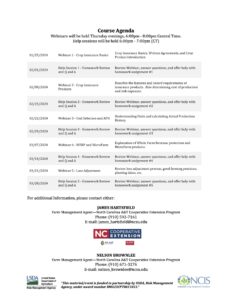
This program consists of five webinar sessions (2 hours each) over the basics of crop insurance. The objective is …
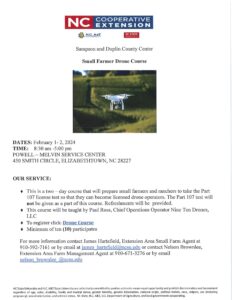
DATES: February 1-2, 2024 TIME: 8:30 am–5:00 pm POWELL – MELVIN SERVICE CENTER 450 SMITH CIRCLE, ELIZABETHTOWN, NC 28227 To register click: Drone …
Below are the lint yield results from 2023. We will post fiber quality data here when it is available. Location …
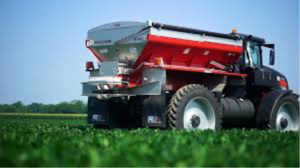
Christmas is right around the corner here in Sampson County. It is the time of year for spending time …
In addition to yield, fiber quality is an important component to the value and marketability of cotton in our …
Every year in North Carolina brings its share of challenges, and 2023 was no different. Beginning in May, we …
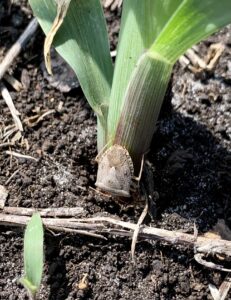
Thanks to the generous support of the Corn Growers Association of North Carolina, and the USDA CCPM program, we have …
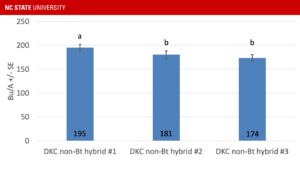
I’ve written previously about why North Carolina corn growers should feel comfortable planting non-Bt refuge corn, but the performance of non-Bt …
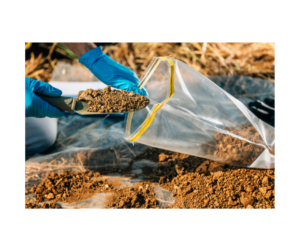
Harvest is wrapping up for many crops in Sampson County. Corn, tobacco, and sweet potatoes are nearly harvested, and …
Keith Edmisten & Guy Collins Extension Cotton Specialists If there is anything we can count on weather-wise in North Carolina, it …
We’ve been inundated with calls this week regarding product selection for harvest aids moving forward. Several fields have been …
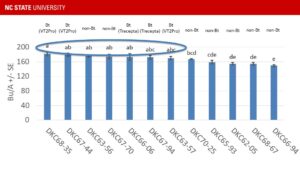
Bt corn has been genetically modified to make insecticidal proteins that protect plants from caterpillars and some root-feeding beetles. …
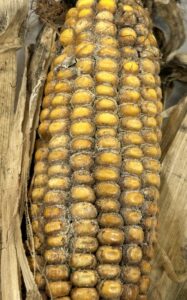
Incidences of ear rots were particularly high this year, especially in the Blacklands area. Ear rots were caused by …
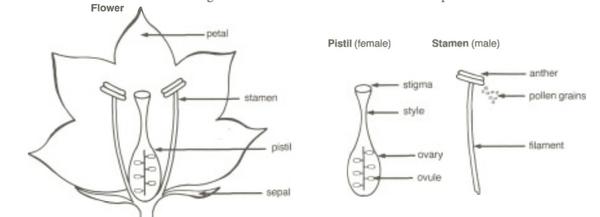
This guide presents basic facts about seeds, including how they develop, how to store and …

This Soybean Nutrient Deficiency Information factsheet describes the symptoms and management of boron deficiency in …
This Soybean Nutrient Deficiency Information factsheet describes the symptoms and management of zinc deficiency in …

This Soybean Nutrient Deficiency Information factsheet describes the symptoms and management of molybdenum deficiency in …

This Soybean Nutrient Deficiency Information factsheet describes the symptoms and management of aluminum toxicity in …

This Soybean Nutrient Deficiency Information factsheet describes the symptoms and management of sulfur deficiency in …

This Soybean Nutrient Deficiency Information factsheet describes the symptoms and management of magnesium deficiency in …

This Soybean Nutrient Deficiency Information factsheet describes the symptoms and management of potassium deficiency in …